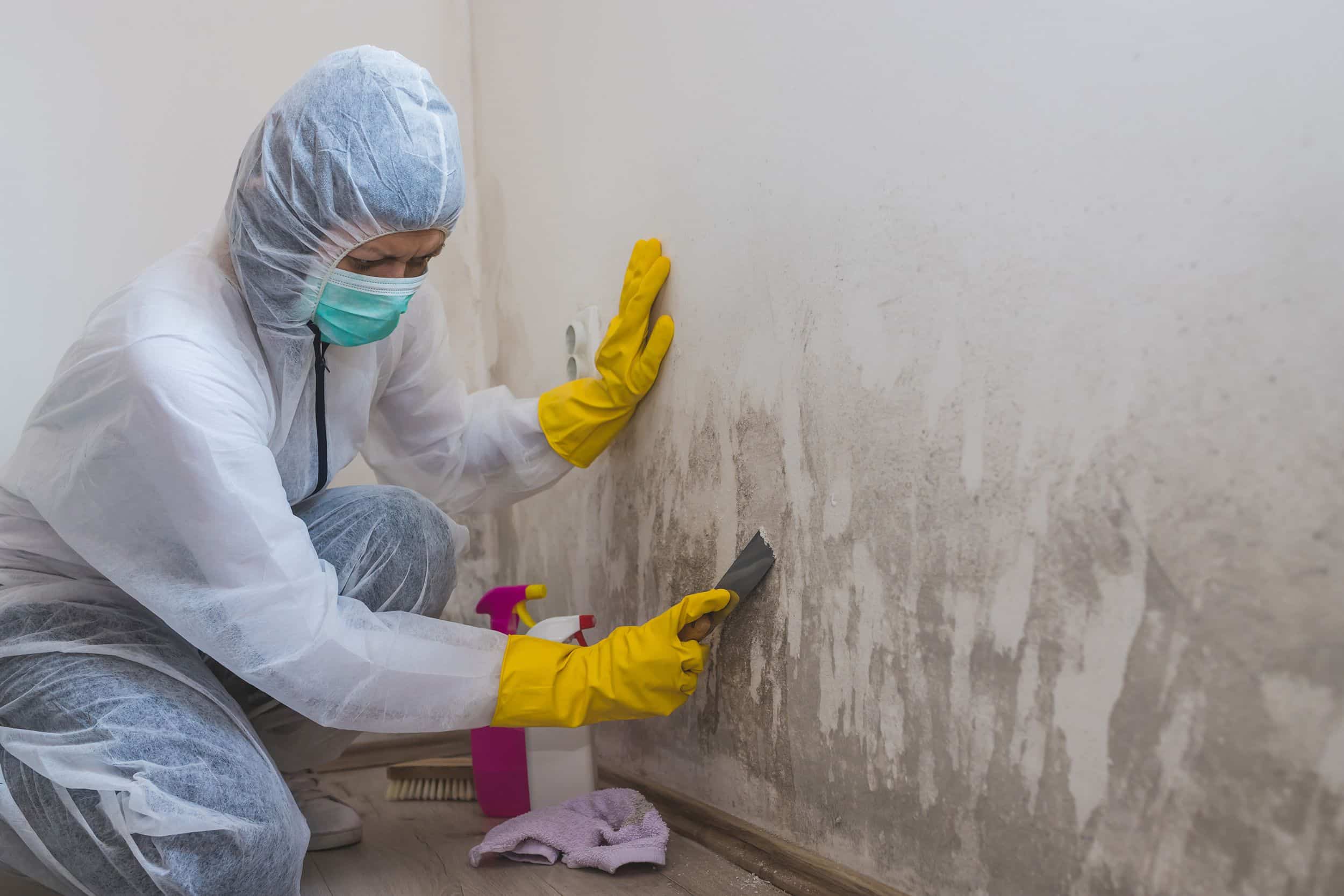Crafting a Thorough Post Mold Remediation Report
Crafting a Thorough Post Mold Remediation Report
Blog Article
Your Ultimate Overview to Message Mold Removal Strategies
Browsing the realm of post-mold remediation strategies is a thorough procedure that demands interest to information and a detailed understanding of the ins and outs entailed. In the consequences of mold problem, recognizing exactly how to properly remove the mold and prevent its reoccurrence is extremely important for keeping a healthy and balanced indoor setting. From choosing the ideal cleaning and disinfecting approaches to carrying out methods for long-lasting mold avoidance, each step in the removal trip plays a critical function in ensuring an effective result. As we start this expedition of post-mold remediation strategies, we will certainly discover the key approaches and best techniques that can aid you restore your room to its pre-mold condition and secure it versus future mold threats.
Recognizing Post-Mold Remediation Process
After completing the mold remediation procedure, it is crucial to comprehend the post-mold remediation methods that are required to guarantee a comprehensive and efficient cleaning. As soon as the mold and mildew has been eliminated, the following step entails cleansing and sanitizing the impacted areas to stop any regrowth of mold. This includes making use of specialized cleansing agents to wipe down surfaces and eliminate any type of remaining mold spores. It is vital to dry the location entirely to discourage the development of mold in the future (what to do after mold remediation). Correct air flow and dehumidification can help in this process.
Furthermore, performing a final assessment post-remediation is vital to make certain that all mold and mildew has been effectively gotten rid of. This evaluation ought to entail a complete aesthetic check as well as perhaps air sampling to verify the lack of mold and mildew spores in the air. If the inspection exposes any kind of lingering mold, added remediation may be needed. Educating residents on precautionary actions such as controlling moisture levels and promptly addressing any type of water leakages can assist preserve a mold-free atmosphere.
Efficient Cleaning Up and Disinfecting Approaches

Preventing Future Mold And Mildew Development

Value of Proper Air Flow
Correct air flow plays an important function in preventing dampness accumulation, an essential factor in mold and mildew growth within interior atmospheres. Efficient air flow systems help get rid of excess humidity from the air, lowering the possibilities of mold spores discovering the moisture they require to spread and sprout. Without adequate air flow, indoor rooms can become a reproduction ground for mold and mildew, causing prospective wellness risks and architectural damages.
By guaranteeing correct air flow, air flow systems can also assist in drying damp areas quicker after water damages or flooding cases, better discouraging mold and mildew growth. Post Mold Remediation. In areas like restrooms, cellars, attic rooms, and cooking areas where dampness levels have a tendency to be higher, setting up and maintaining efficient air flow systems is crucial in protecting against mold infestations

Monitoring and Maintenance Tips
Offered the critical duty that appropriate air flow plays in stopping mold and mildew development, it is imperative to develop effective tracking and maintenance tips to make certain the ongoing functionality of ventilation systems. Normal evaluations of air flow systems ought to be carried out to examine for any indications of obstructions, leaks, or malfunctions that might restrain correct air flow. Tracking moisture levels within the building is additionally important, as high humidity can add to mold and mildew development. Setting up a hygrometer can aid track moisture degrees and alert home owners to any type of spikes that may require focus. Additionally, making sure that air filters are consistently cleaned up or changed is vital for preserving the efficiency of the ventilation system. Implementing a schedule for regular maintenance see here now tasks, such as duct cleaning and HVAC system evaluations, can help stop problems prior to they rise. By staying mindful and proactive to the condition of ventilation systems, home proprietors can successfully mitigate the risk of mold regrowth and preserve a healthy indoor environment.
Final Thought
In final thought, post-mold remediation techniques are essential for ensuring a safe and clean environment. Recognizing the process, carrying out effective cleansing and sanitizing techniques, protecting against future mold and mildew growth, keeping appropriate air flow, and regular surveillance are all important actions in the removal procedure. By following these standards, you can efficiently get rid of mold and mildew and prevent its return, promoting a healthy living or functioning space for all owners.
In the after-effects of mold and mildew problem, recognizing exactly how to effectively eradicate the mold and stop its reoccurrence is critical for keeping a healthy indoor environment. When the mold has been gotten rid of, the following action includes cleaning and Extra resources sanitizing the affected areas to prevent any regrowth of mold - Post Mold Remediation. After eliminating visible mold growth, it is crucial to clean all surfaces in the damaged area to eliminate any type of remaining mold and mildew spores. To better improve mold and mildew avoidance procedures, it is essential to deal with underlying concerns that originally led to mold development.Provided the critical function that correct air flow plays in avoiding mold and mildew growth, it is critical to develop reliable tracking and upkeep ideas to ensure the ongoing functionality of air flow systems
Report this page